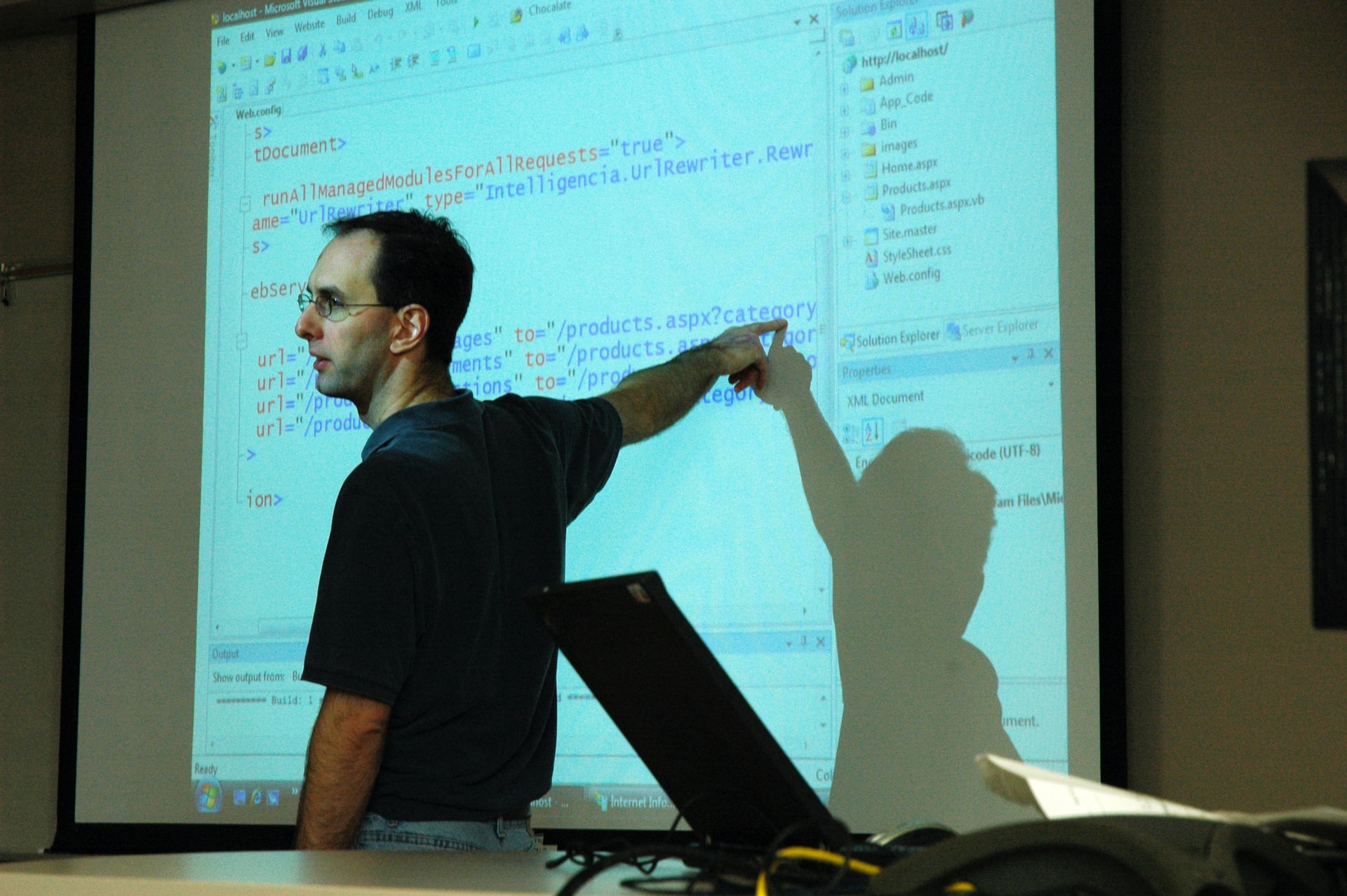The majority of the global population can access internet content that includes audios and videos for information, learning, and entertainment. However, while some people can view recorded content as is, those who are hearing-impaired or hard of hearing need help through captions.
Captions enrich content, allowing more people to enjoy the video and audio materials. This includes people with hearing impairment, and surprisingly, even those who do not have problems with their hearing prefer having caption options for specific video content, too.
What are captions?
Captions are a text-based alternative to the audio in multimedia content. The sound effects and spoken dialogues from the content’s original soundtrack, such as movies and other videos, are shown on-screen in real-time. These are synchronized to the clip playing on the screen.
Who can benefit from captions?
The people who benefit the most from captions are the deaf and hearing impaired. But more people are enjoying the advantage of having captioned multimedia content. This includes users riding public transportation, especially in noisy environments. Moreover, there are places where silence is required, but people who are not using headphones to avoid disturbing others can still enjoy multimedia content through captions.
Reasons why captions enrich content
As mentioned, captions enrich content, and here are some of the reasons why.
- Captions increase engagement, as people are more likely to watch multimedia content longer with captions, even in public places. For example, the majority of viewers are more likely to finish a film that offers multiple subtitle options.
- Captioned videos increase their reach because they are easier to search and categorize, inspiring content owners to produce more. Furthermore, they allow multimedia content viewers to understand the material so they can enjoy it. Captions increase comprehension; thus, enriching the viewers’ experience.
- Many vendors offer different tools for adding captions to videos. Some of them have more features than others. For instance, you can use Verbit if you are handling a variety of multimedia content for different organizations and industries. In addition, there are automated captioning tools, which can be improved with human intervention.
- Viewers can enjoy other content with the help of human-generated live captions. This includes live presentations, lectures, concerts, interviews. Moreover, with the help of a human editor, automatic speech recognition can create captions that the editor can sync with the video.
- Captions are of great help to early learners and readers, as they can print out the captions to improve their foundational reading skills. Similarly, captions can help beginning readers or English Language Learners. Finally, people with language-based learning disabilities will also benefit from closed captions.
- Captions are valuable for presentations with large audiences, such as university lectures, conferences, and seminars, where the audience is mixed. It enables learners to listen to the lecturer or presenter better since some may struggle to comprehend what the speaker says. In addition, captions give access to those who are deaf and hard of hearing. With captions, they can understand the presentation better. Likewise, since they can print out the lecture or presentation later, they do not have to struggle with note-taking, extending the use of the content.
Many research results prove that reading captions is intuitive. Therefore, the use of captioned media does not require additional instruction or training. Likewise, captions help viewers to alternate between picture viewing and reading activities. Viewers can also watch the material several times, which helps improve their comprehension.
Photo by Wonderlane on Unsplash



